The Movie Greta Gerwig Considers “Perfect”
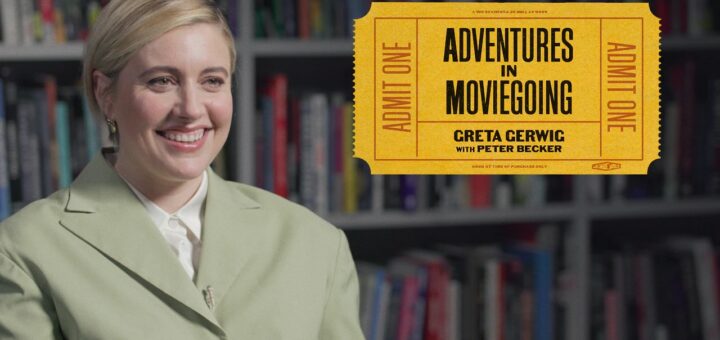
Greta Gerwig recently appeared on Adventures in Moviegoing to highlight some films that have influenced her filmmaking and shaped her view of cinema. A Criterion Collection subscription (or free trial) will give you access to the 1-hour interview, and also allow you to stream the movies on her list. Watch here.
Here are the films Gerwig chose to highlight:
- Brief Encounter (1945)
- The Red Shoes (1948)
- The Earrings of Madame de… (1953)
- Yojimbo (1961)
- Amarcord (1973)
- Where is the Friend’s House? (1987)
- Naked (1993)
- Beau travail (1999)
Gerwig called Where is the Friend’s House? a “perfect film,” saying it captures “the strangeness and stakes of childhood, what’s terrifying about it, what matters about it.” When the interviewer made a comment about how the stakes in the story not being very high, Gerwig replied, “But they are! I like the epicness of intimacy. These small interactions that end up meaning everything.”
Greta Gerwig is currently preparing to helm two Chronicles of Narnia movies for Netflix.
Here is a similar video with Gerwig talking about movies that influenced her directing of Barbie:

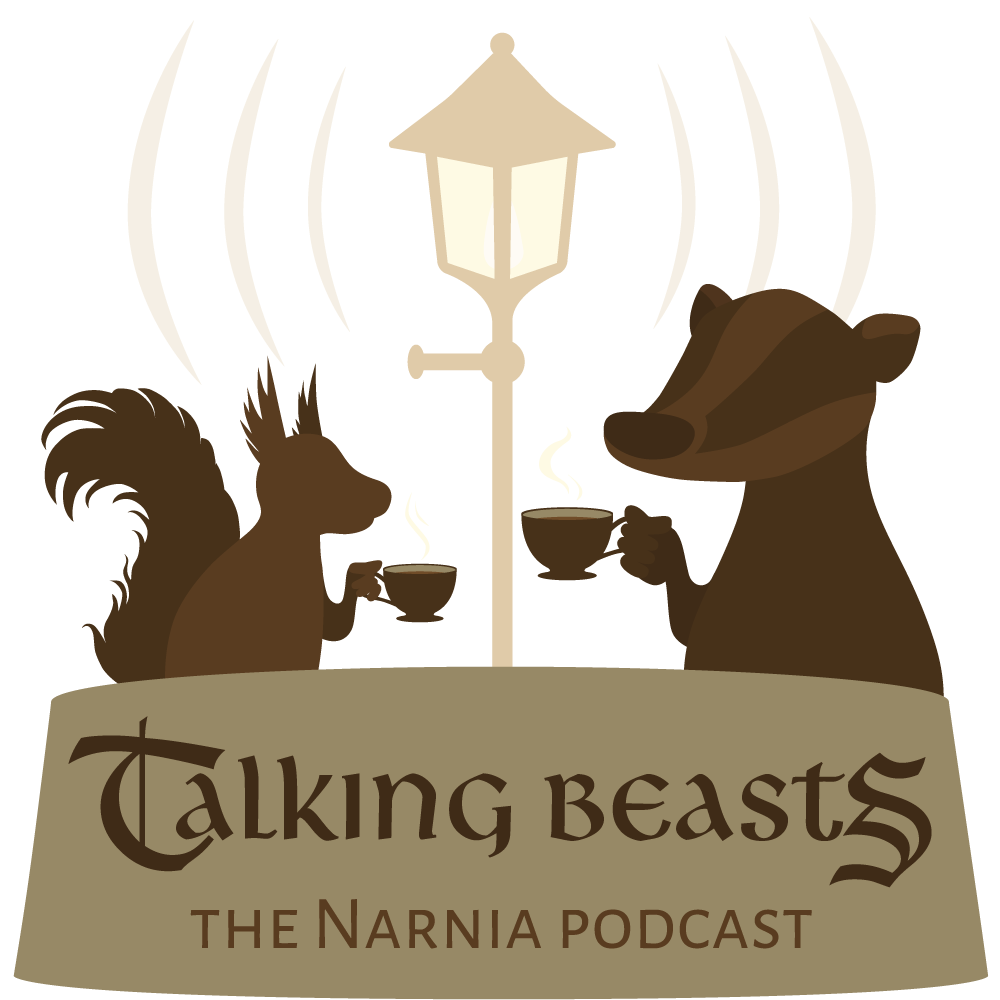
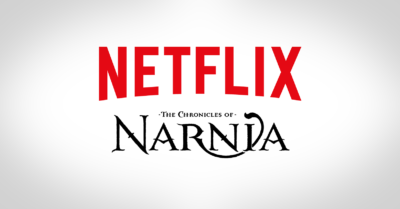
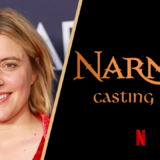
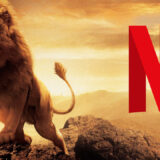

This makes me more positive about Gerwig being director for three reasons:
1. Greta apparently sees the artistry and intent behind works of others and is “in awe” of that, while she’s able to put her own fingerprint on them (as we know). That’s what I want for Narnia: Capturing the spirit of the story instead of trying to make it a more child-friendly version of LOTR, while also seeing some fresh thoughts on the screen.
2. She doesn’t overrate epic scenes and sees the value of “the epicness of intimacy” / small interactions. I don’t want to see epic battle scenes in Narnia that destroy the actual meaning of the story or at least distract from it. If she’s able to, say, get the scene between Shasta and Aslan in the mountains right; or the Undragoning, that would be so much better than an epic collection of battle scenes nobody asked for.
3. Apparently, she wants her movies to be beautiful and aesthetically pleasing. Reading C. S. Lewis (especially Space Trilogy, apart from Narnia), I’d say that this was also important for him. Like the detailed description of Narnian clothes in HHB, or the way the bird in the garden in MN looks, or the descriptions of the landscapes in SC.
All in all, I’m really looking forward to seeing what she’s going to do (even though I’m still sceptical of whether her interpretation will fit my own ideas).
Moonwood the hare’s comment made me have a thought. If Narnia book fans were disappoint with the addition of extra battle scenes with more intensity (at least some fans), Gerwig might not make the same change. So what is the diversion from the original material that she is likely to make?
I am unsure, but as someone else said online, it might be adding layers of relationship and nuance and drama to the sibling relationships. The 2005 film added more flavour to the Pevensie’s relating (more arguing, anyone?) but I wonder if this can be developed in a better way. (A more delicated careful caring respectful way.)
Will some fans dislike it? I suspect die-hard fans of the Walden series might, because they would prefer the characterisations that Adamson inserted – and to be honest, and address a potential elephant in the room – the personalities of the kids portrayed by Georgie, Skandar, Anna and Will are unique to the Walden movies and not the books.
@Moonwood the Hare, it’s interesting that you would use those examples of intimate vs. epic scenes. I would probably describe both the undragoning and Shasta’s conversation with Aslan as epic. (Using a very broad definition of the word.) They’re intimate in that they only involve two characters (not counting Shasta’s horse.) But one of those characters in the first scene is a dragon who undergoes a dramatic physical transformation and one of the characters in both is a magical lion. In the second scene, said lion appears dramatically when the sun breaks through the mist. “No one ever saw anything more terrible or beautiful.” It’s hard for me to imagine film versions of them without a dramatic musical score and a lot of special effects.
When I think of examples of intimate scenes in The Chronicles of Narnia, I think of the first scene between Jill and Eustace at the beginning of The Silver Chair or Peter and Edmund’s conversation during the break in Prince Caspian’s climactic duel. (Of course, the latter has a lot of extras, but I think of it as a scene between two characters.)
@Jonathan Paravel, you know what? I think I’ll get controversial too. Hopefully, I don’t sound like I’m trying to start a fight or if I do, let’s hope I just come across as argumentative in a friendly way. That’s my intention. 🙂 I don’t think the main characters’ personalities are that different in the LWW movie from what they are in the book. (I would say they’re different in the Prince Caspian movie but even there it’s mostly Peter and, to a lesser extent, Susan.) Mind you, they’re not exactly the same. I would say that Susan is snarkier in the movie, Edmund is less talkative, Peter is angstier (though it’s implied in the book a couple of times that he’s undergoing some personal angst, say, when the beavers tell him about Edmund) and Lucy is a bit more mischievous and vindictive. But I wouldn’t say any of their characterizations are totally original to the adaptation either. Peter is still the default leader who is fond of Lucy and “does not feel very brave” but ultimately does the brave thing anyway. Susan is still maternal, practical and shies from danger and discomfort. Edmund is still sulky, cynical, hates to admit he’s wrong and resents his siblings, especially when they tell him what to do. Lucy is still innocent, friendly, brave and has good intuition. I’m doing a series on my blog about the LWW movie, and I get into detail there about differences between the book characters and the movie characters as well as ways they’re the same. Readers can check it out if they’re interested.
This is even more potentially controversial, but I don’t really think the Narnia books (except for The Horse and his Boy and maybe The Magician’s Nephew and The Last Battle) are really about the main characters. They’re driven more by plots and settings. Most, if not all, of them have one protagonist (at minimum) who undergoes major character development. (Edmund in LWW, Eustace in VDT, Jill in SC, etc.) But much of that development is implied rather than shown. For example, C. S. Lewis writes that there’s no need to relay to us Edmund’s first conversation with Aslan and that Eustace had relapses after his undragoning but that he’ll overlook most of them.
I’m sorry that this long comment was all about other people’s comments and not about the Adventures in Moviegoing interview. 🙁 I haven’t watched it because I don’t recognize any of the movie titles listed and imagine I wouldn’t be interested in them. FWIW, I remember watching the other interview about movies that influenced her Barbie movie. It was fun. (Singin’ in the Rain rules!)
I really liked “Where is the Friend’s House?” Hooked me immediately.
The only one of those films that I’m sure I’ve heard of is Red Shoes. I haven’t seen it but I think it has a dance scene in it (like old school dance scenes in a huge ballroom/sound stage).
I like that they’re from the past 80 years and not just since the 70s.
It’s not the cliched “I saw Star Wars and it knocked my socks off.”
I’ll take a look and check if that free trial is available in Australia. (Sometimes they’re only available in USA.)
@ Col Klink. I should clarify what I meant by personality. I meant the way their voice sounds and the words they choose and the intensity of their dialogue. In the movie it’s much more modern in words and the style of speaking. And the excess arguing, overlooking the Witch’s castle is an example, is very different and more intense than in the book.
@ Col Klink, following your definition of epic, I would agree that these are indeed epic scenes. What I intended is the following: For the undragoning, I just had the (imho not very successful) approach of the Walden movie in my mind. I haven’t watched the movie recently, but I remember Aslan scratching the sand and then the dragon flies up and Eustance falls down or something like that. That’s what I mean with the scene being too epic and distracting from what is actually going on. There is barely anything left of the conversation they have (in Eustace’s head), and instead it’s all weird light and kinda spheric. Maybe it’s just me, but I imagine it differently.
For the Shasta – Aslan conversation in HHB, yes, it ends in an epic way, but there is a longish conversation before. Kinda epic in a way, or at least a bit eerie, I guess. It’s (I would say) one of the most crucial scenes inn the book. However, I don’t like to think of it being epic from the start – I don’t think my understanding of epic scenes and long personal conversations go together. That’s just to clarify. I also agree that scenes like the beginning of SC and the conversation between the duel in PC are for sure also relevant and maybe more prototyical of what I mean.
Yojimbo is great! I haven’t seen any of the others.
I’ve never heard of Where is the Friend’s House?, and I studied film studies in undergrad. The only film on this list I’ve seen is Brief Encounter, which I thought was stupid. Well done, but I thought the story was dumb. I’ve seen a lot more of the movies that influenced Barbie.